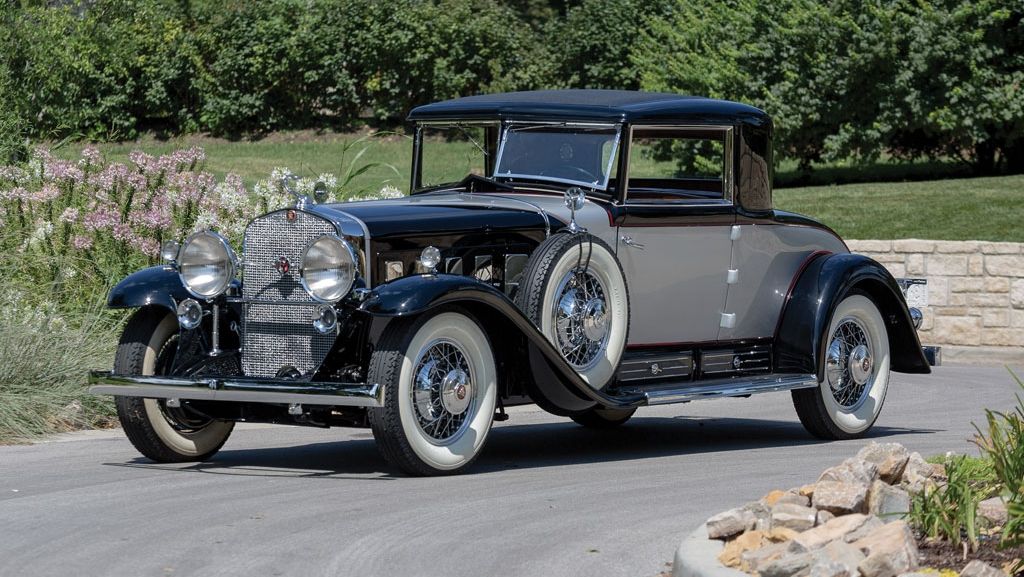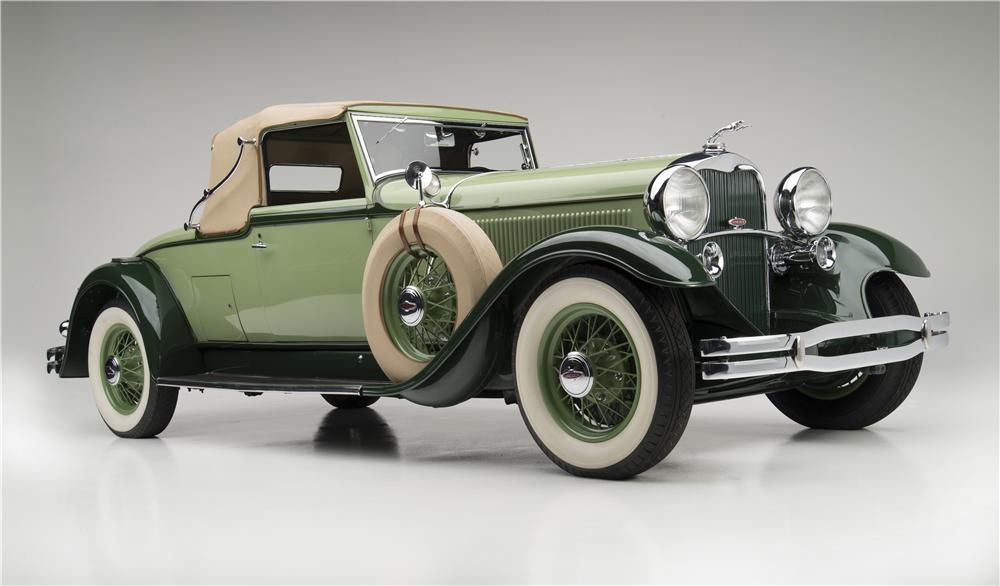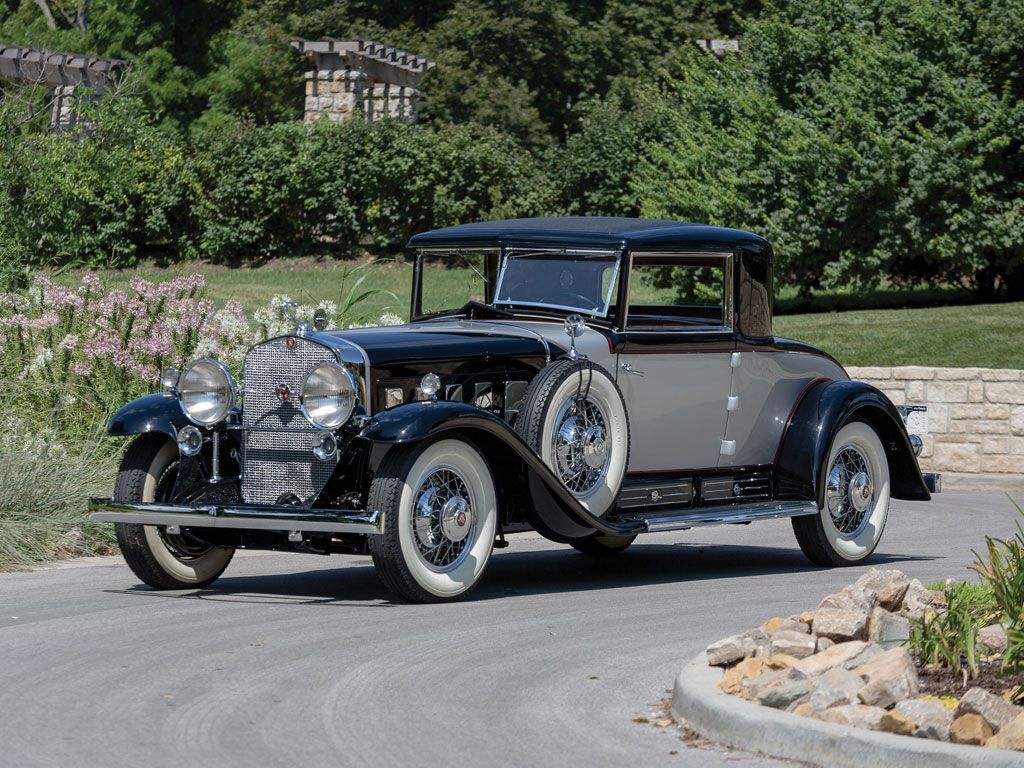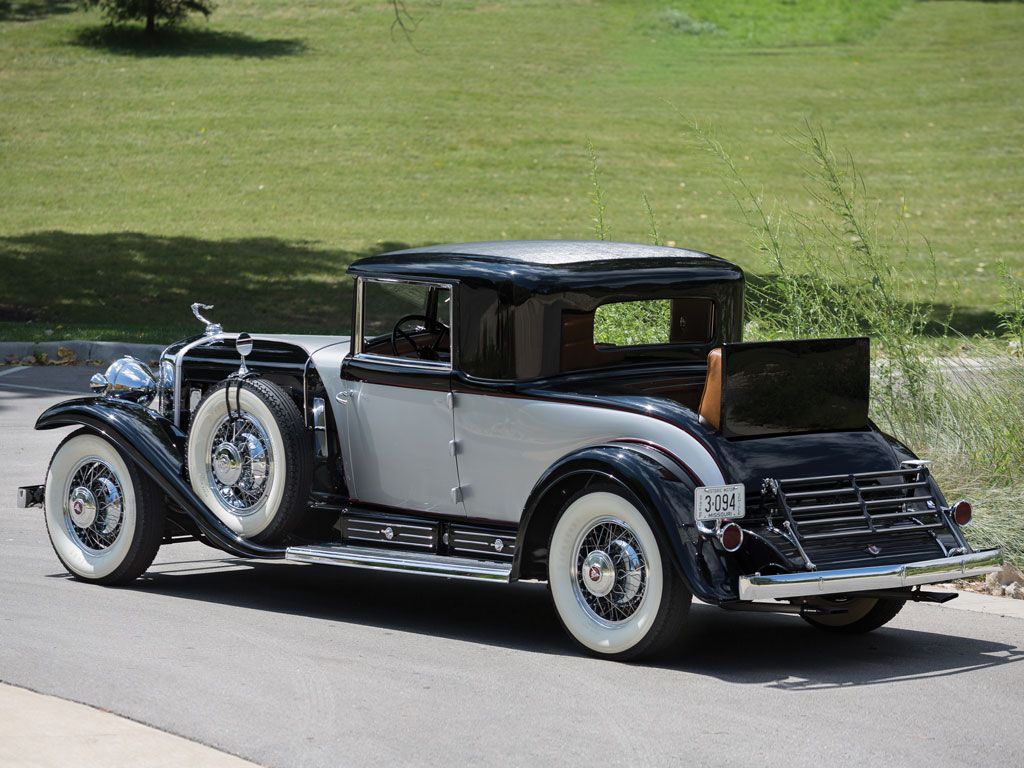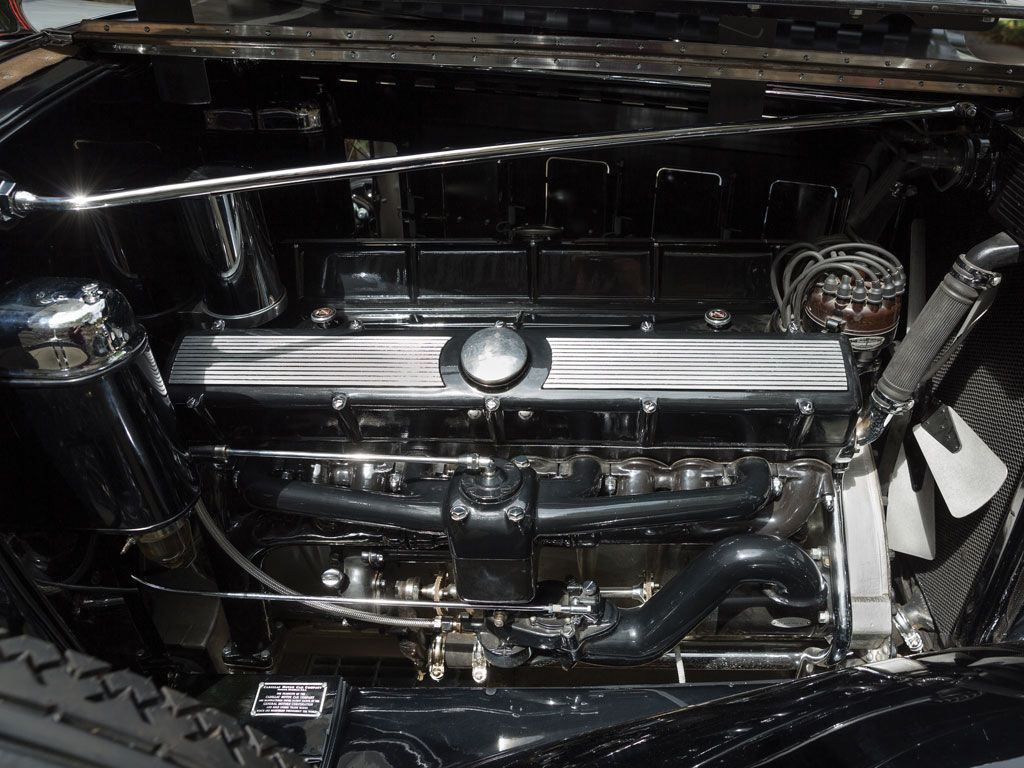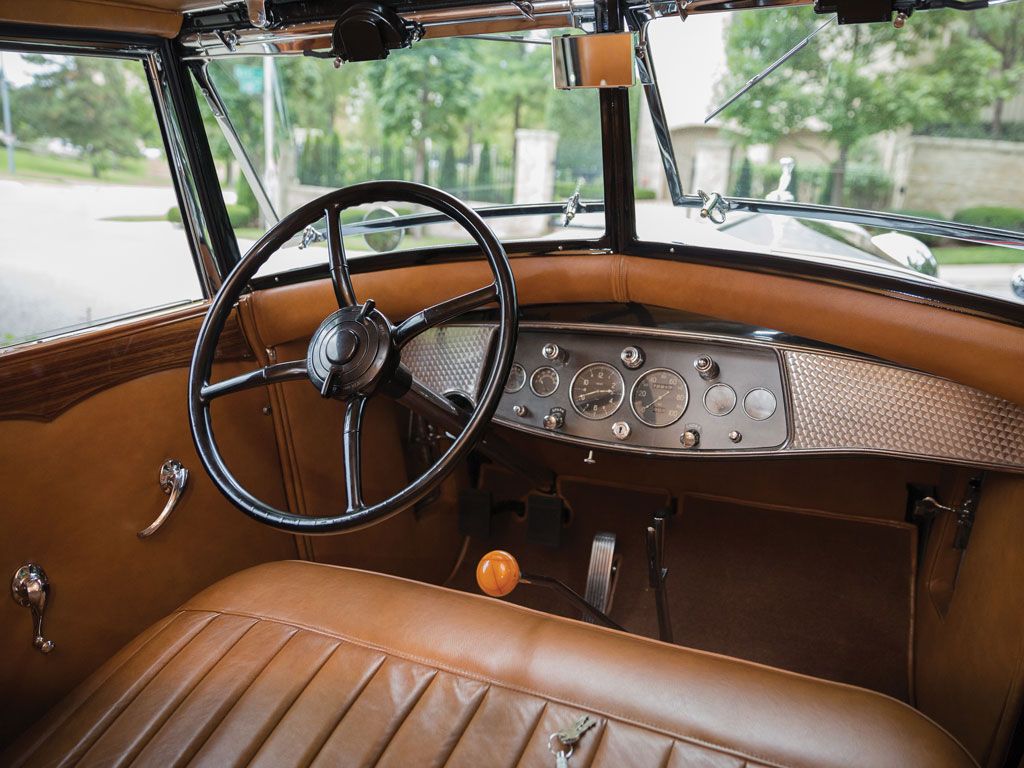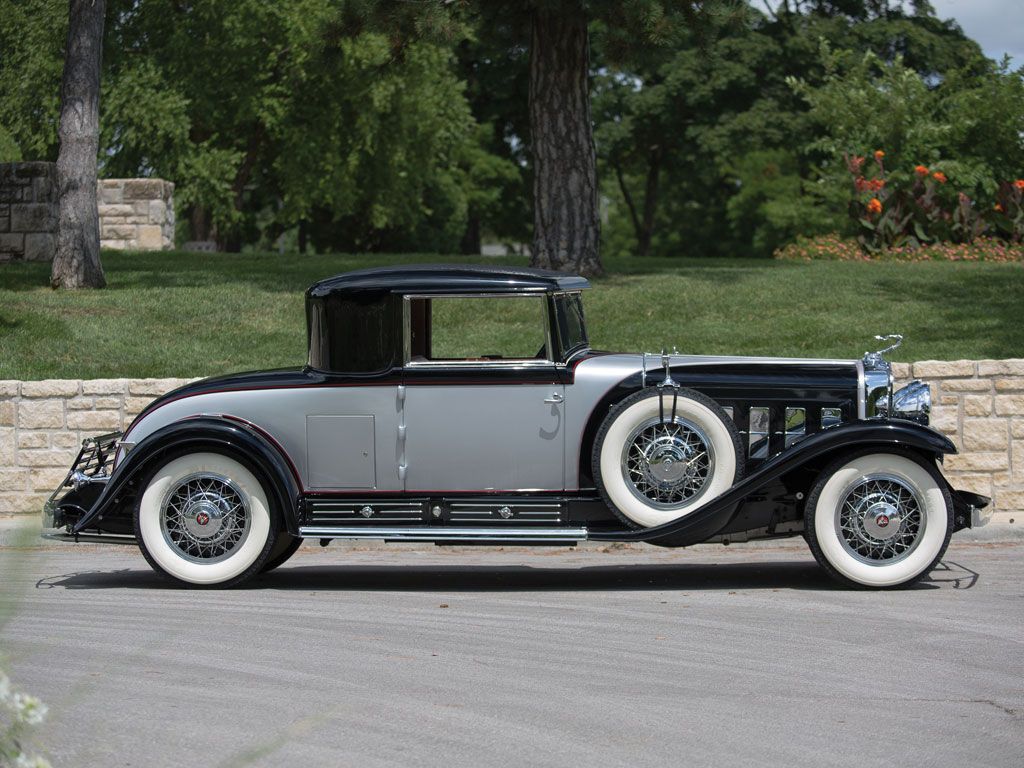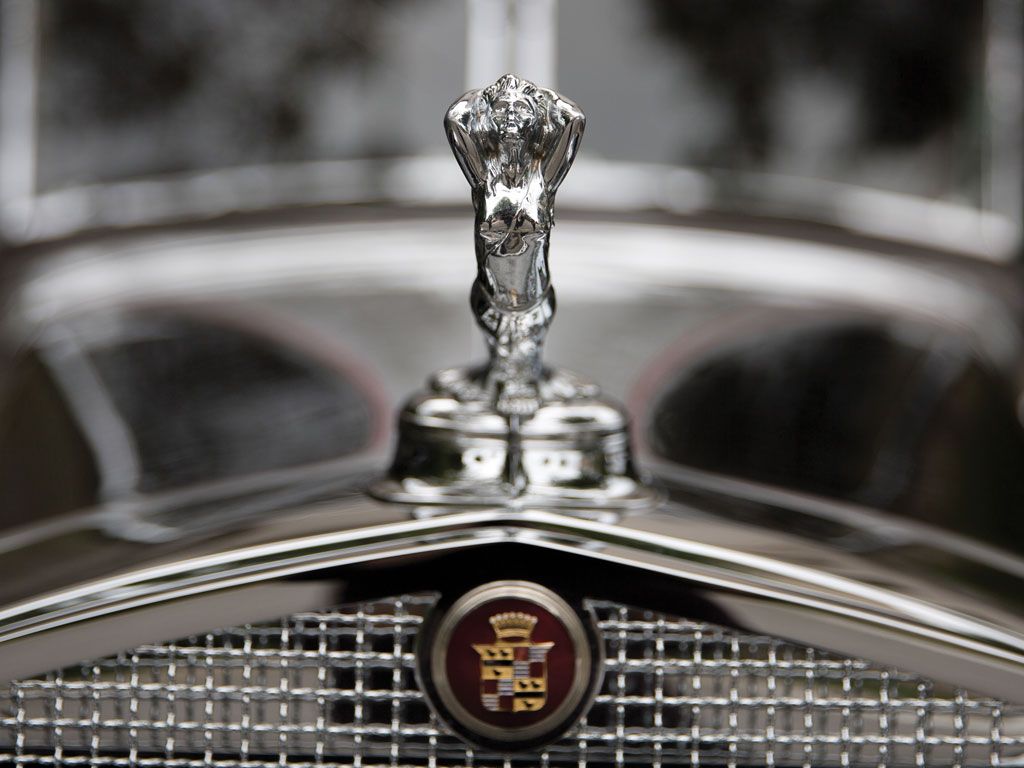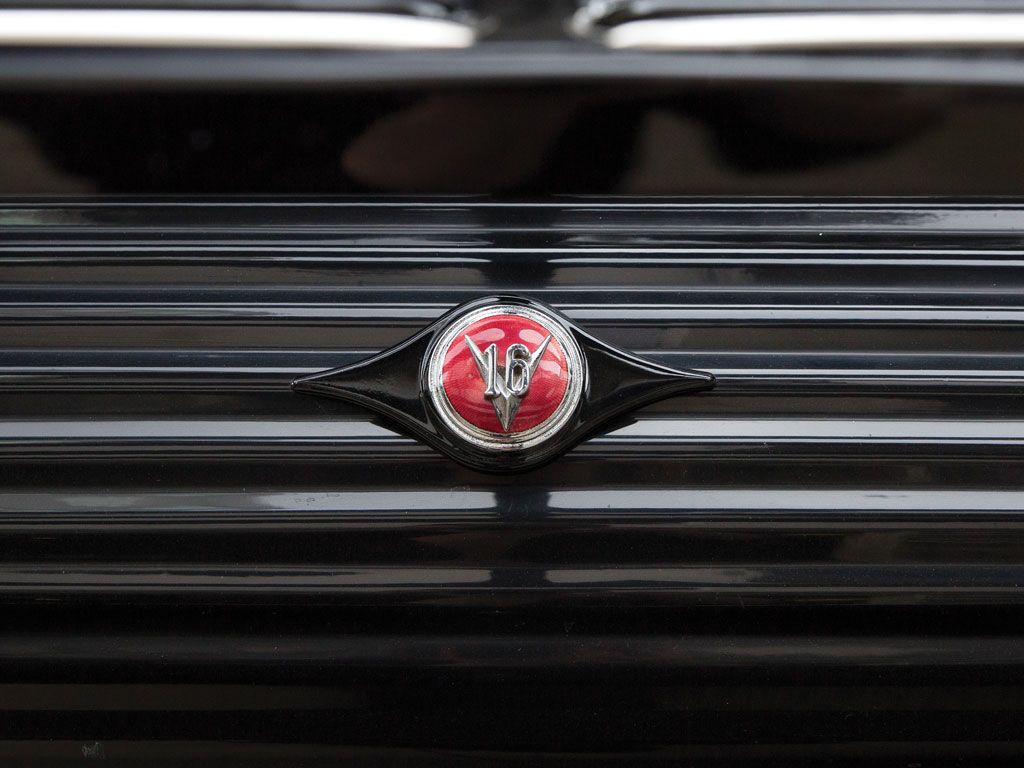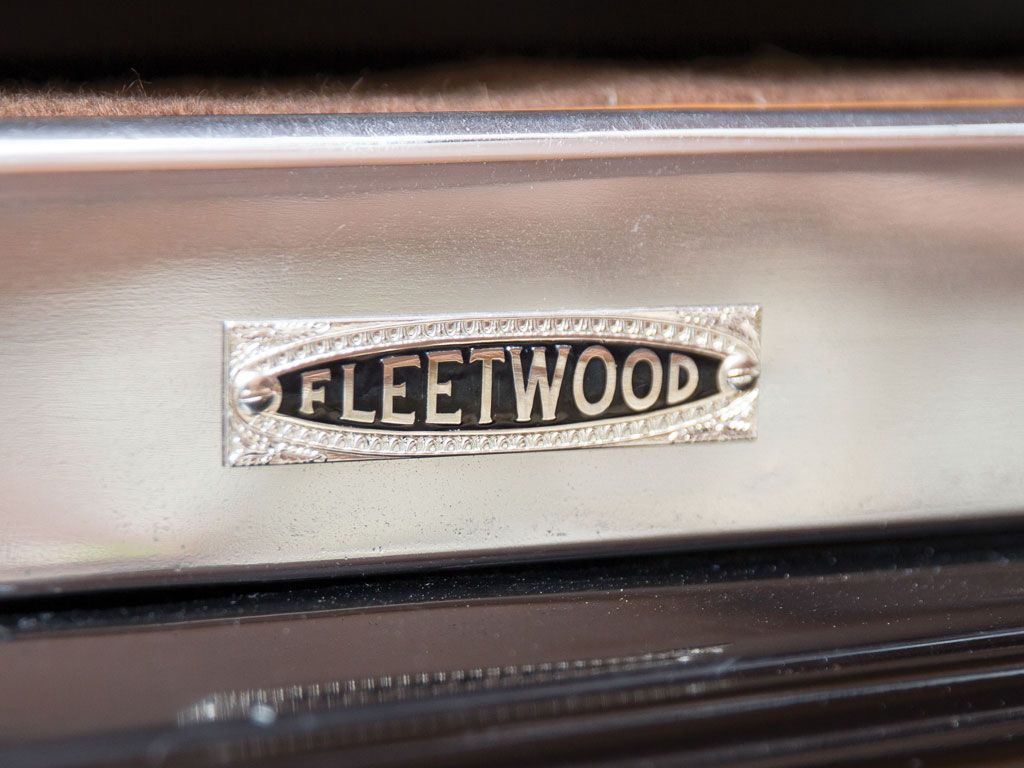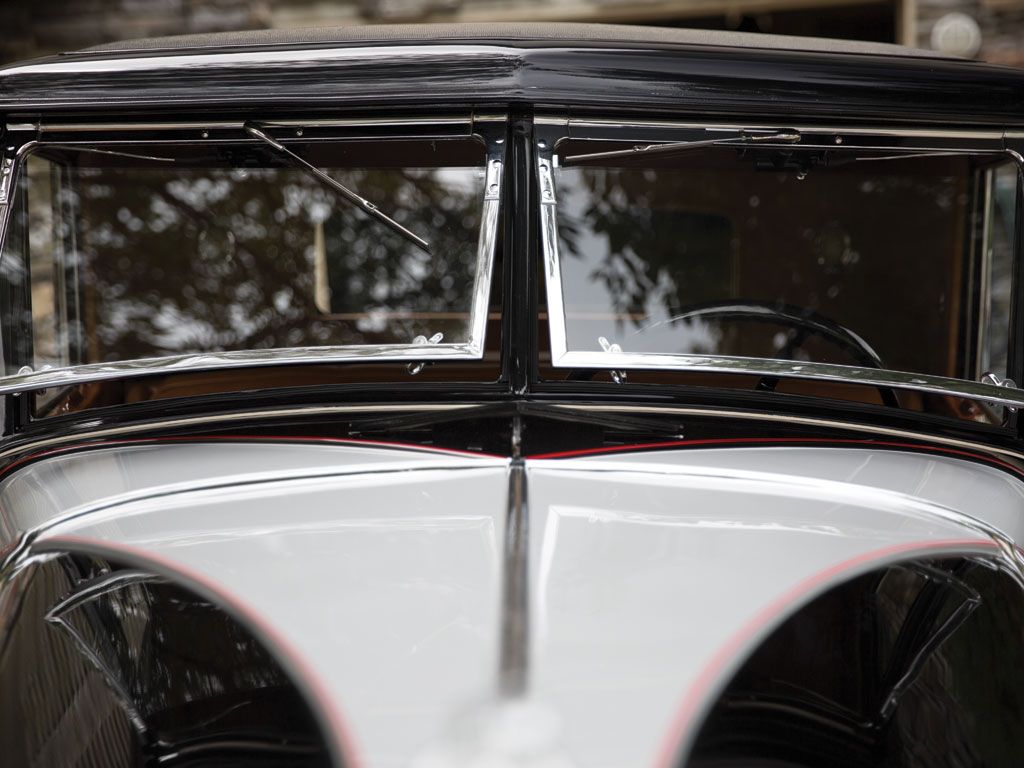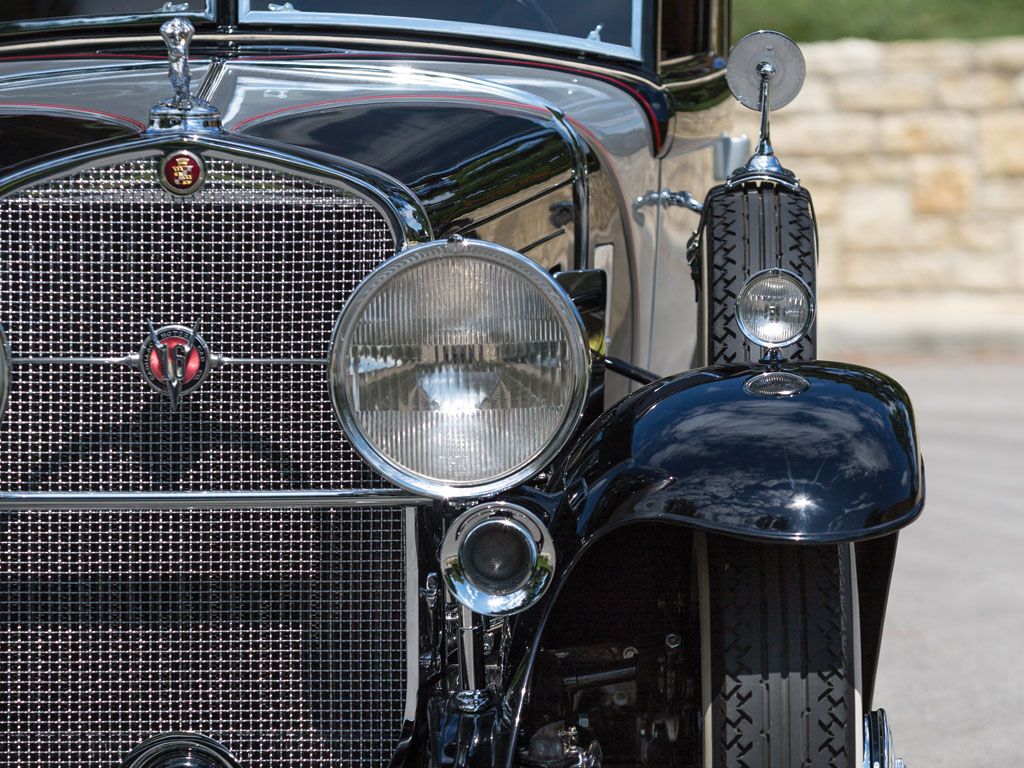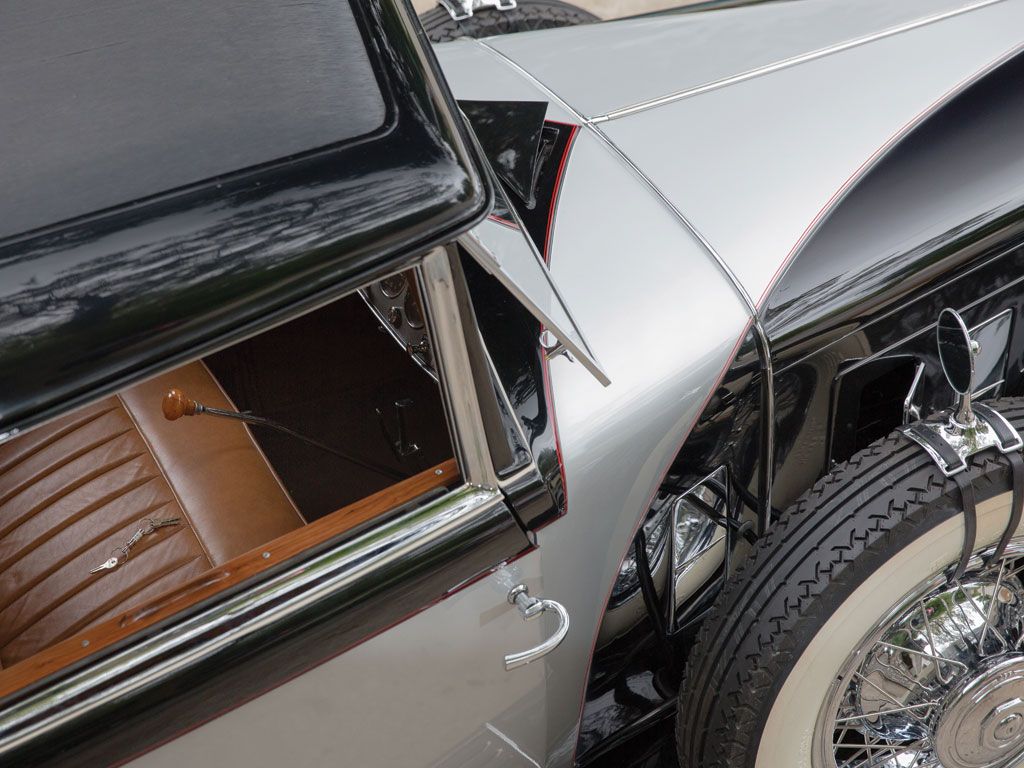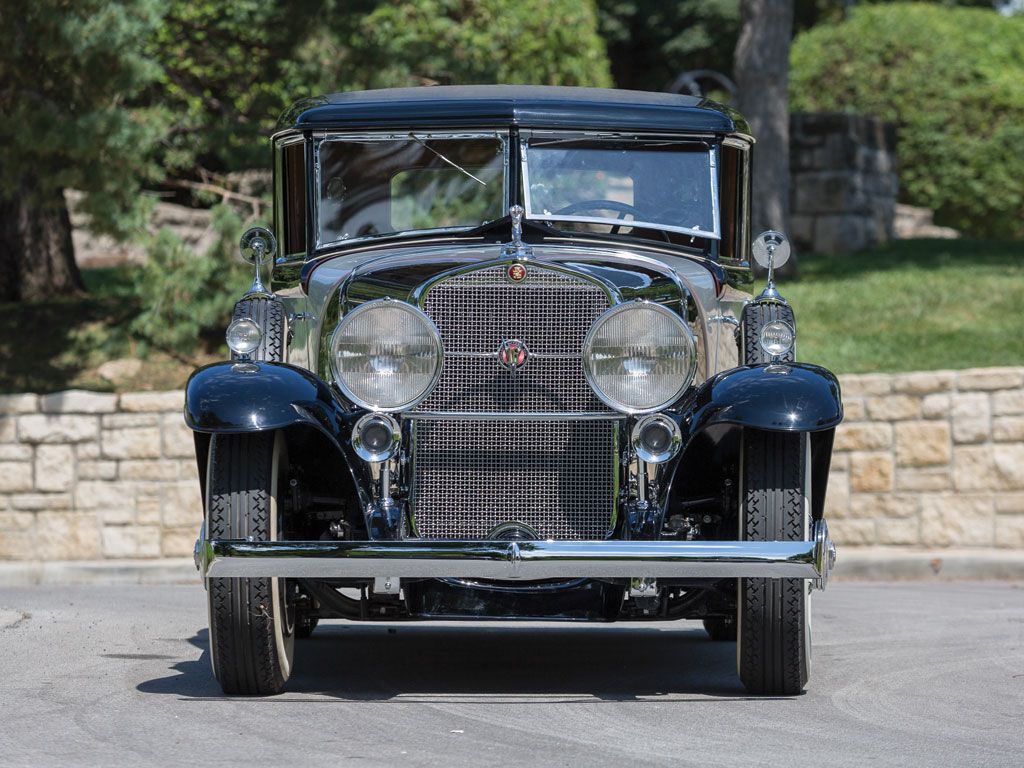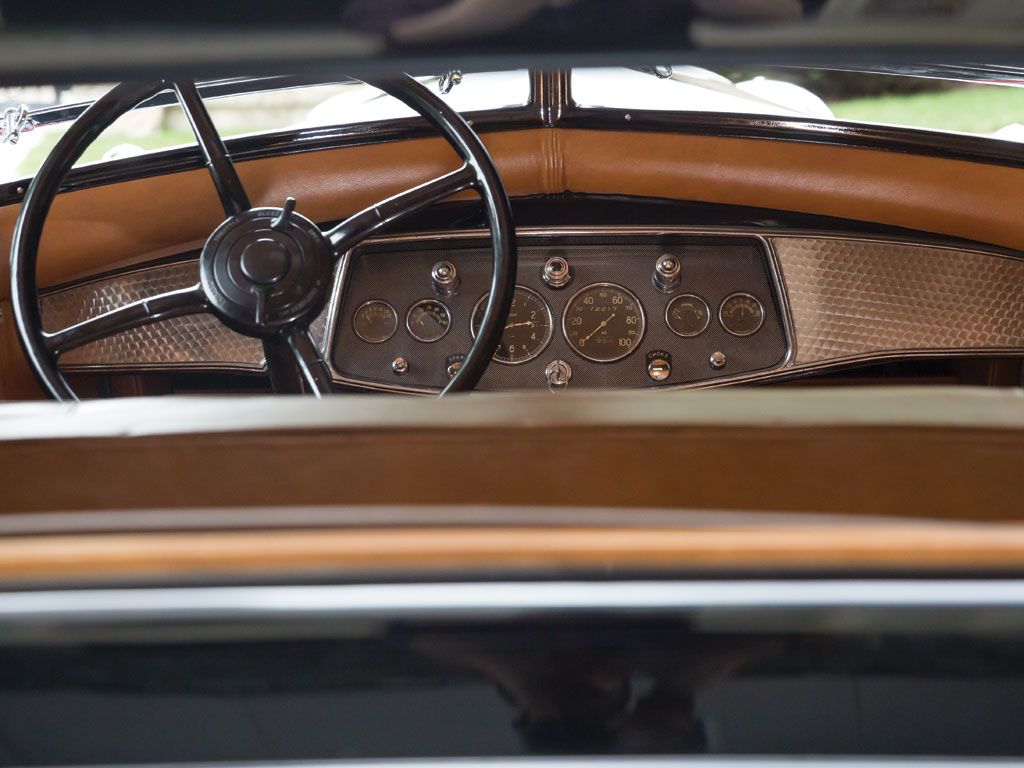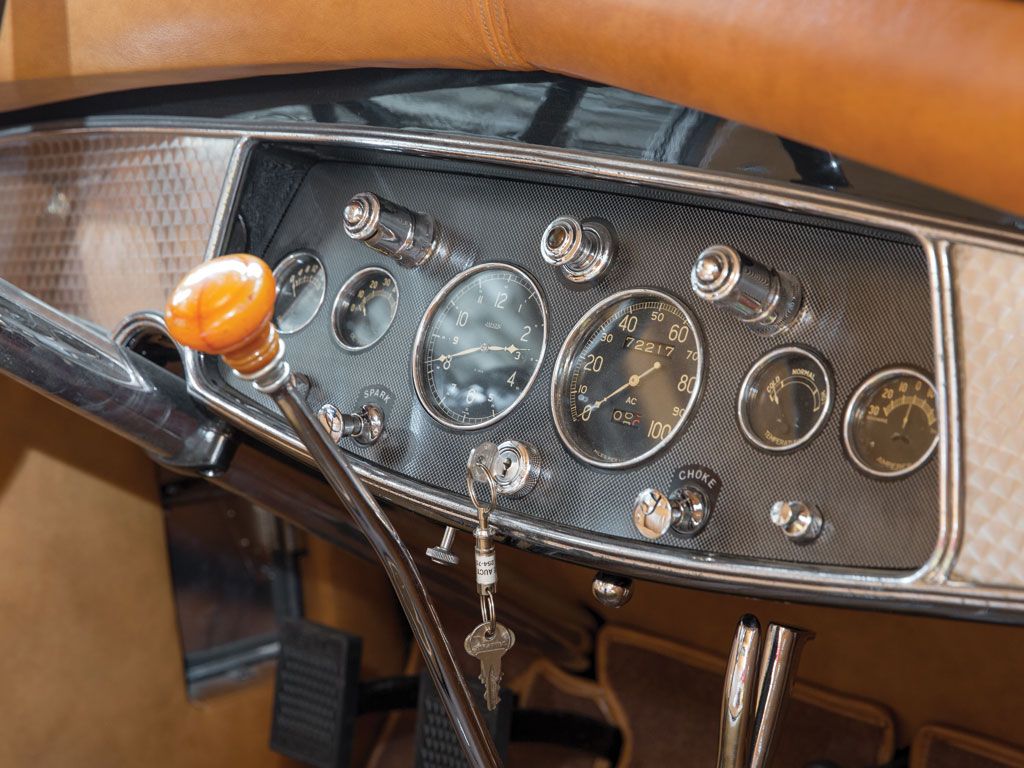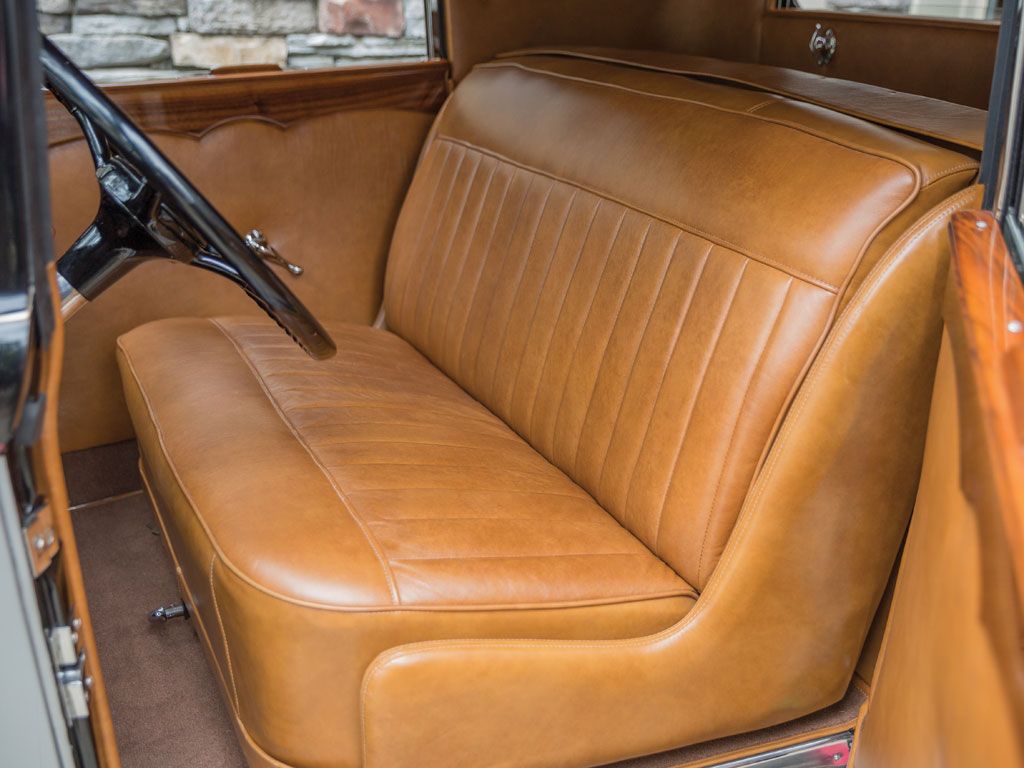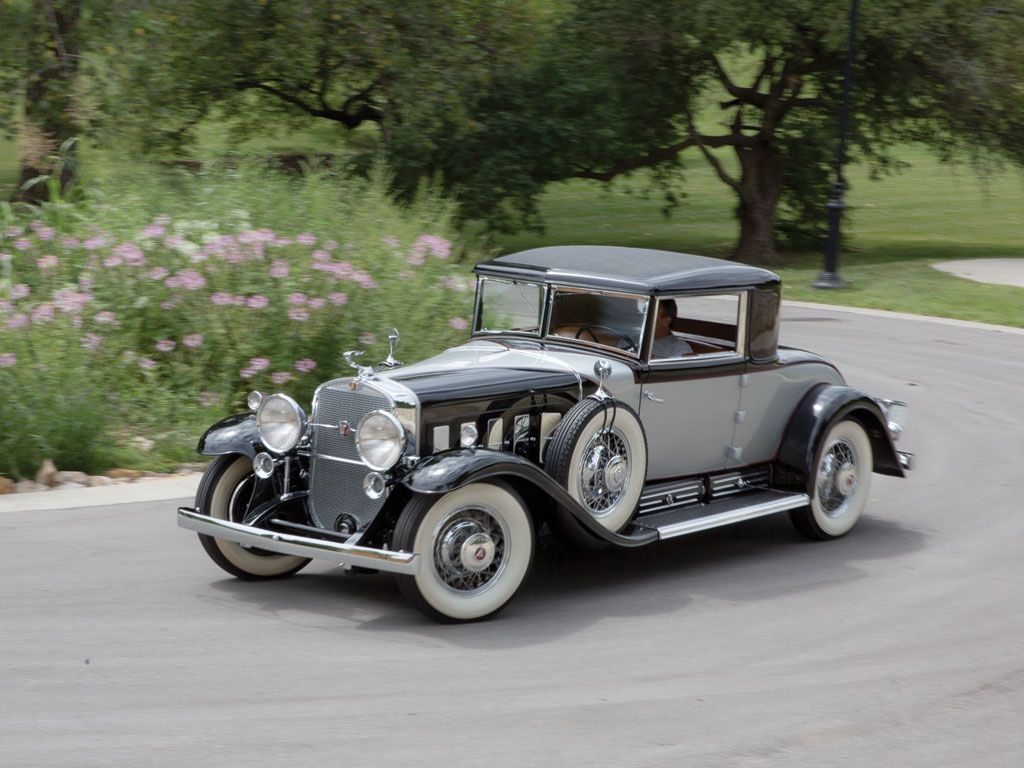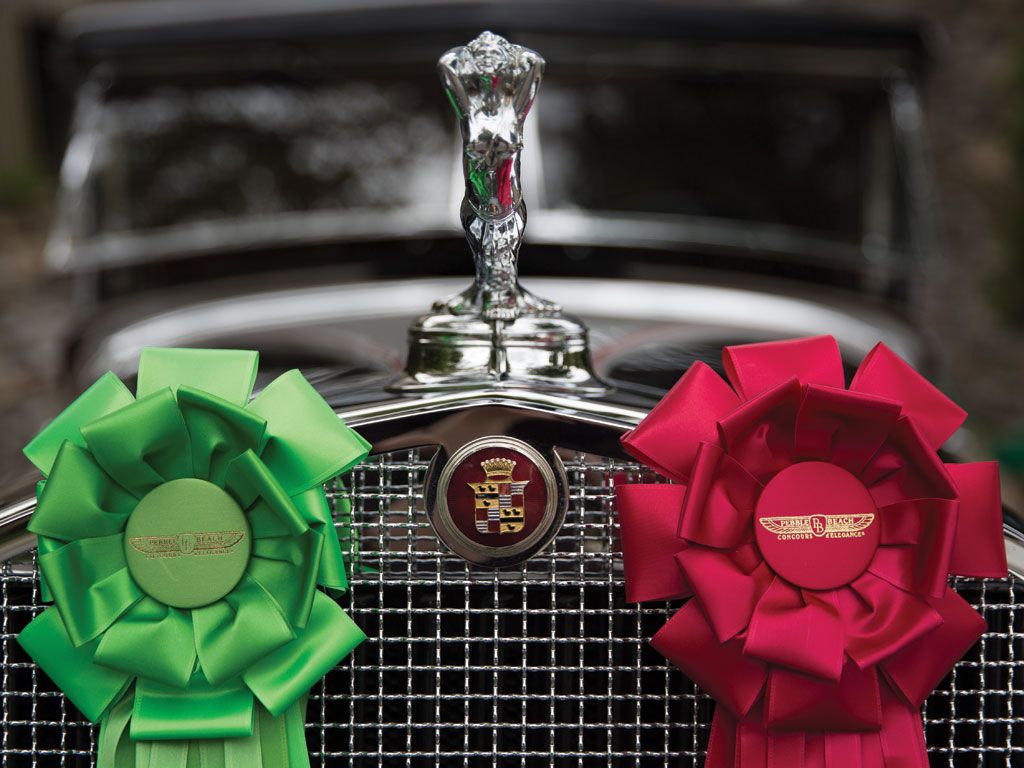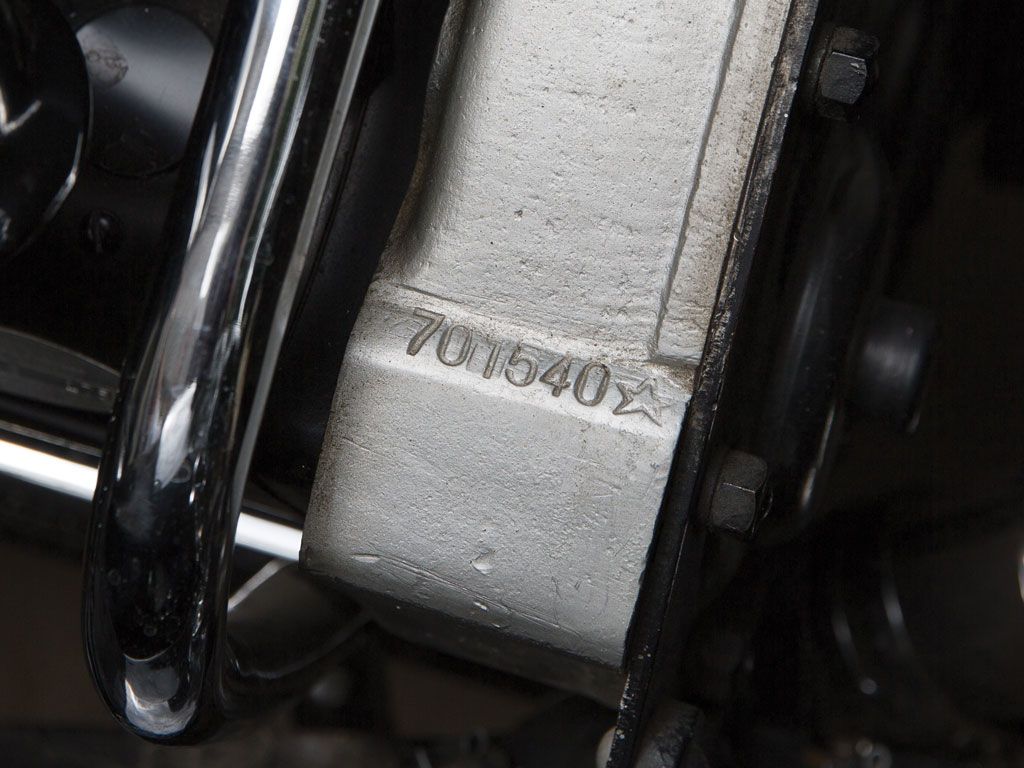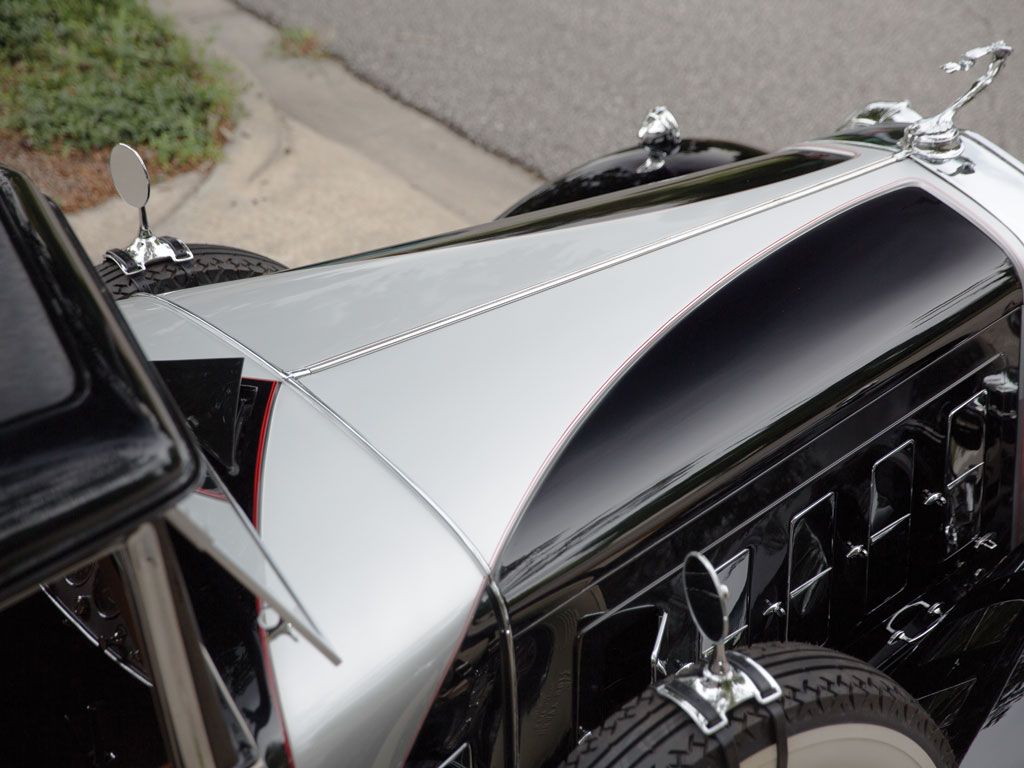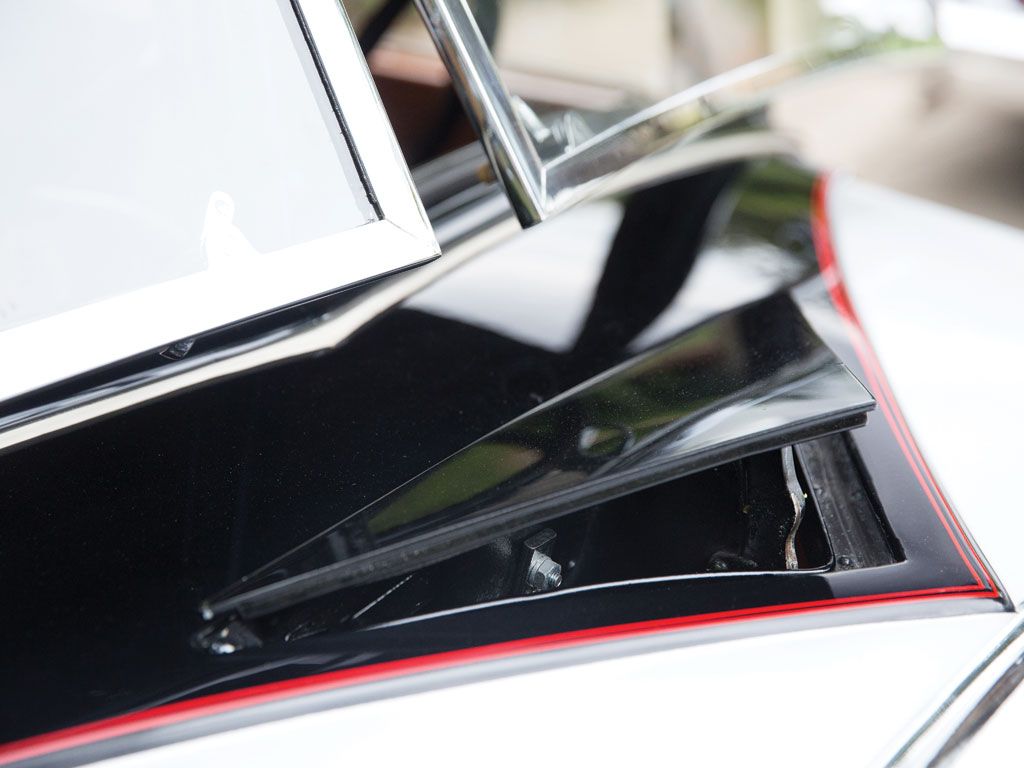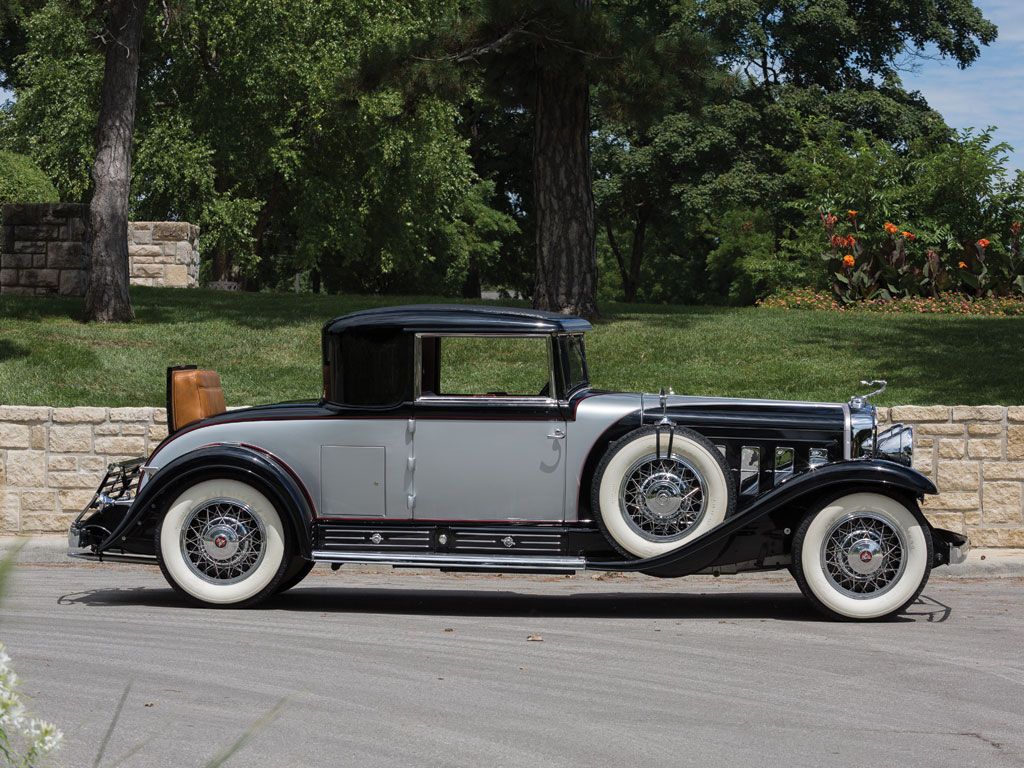It might be hard to tell now, after the massive hit that Cadillac's->ke18 reputation took during the malaise era, but there was once a time when Cadillac's drive to be the best luxury car->ke505 company in the world was absolutely maniacal. This drive led to the purchase of two different coachbuilders, Fleetwood and Fisher, in the mid-'20s, so that Cadillac could offer everything for its cars in-house. The norm at the time for luxury cars was to buy just a chassis from the manufacturer and then a separate custom body from a coachbuilder. Cadillac wanted a customer to be able to order a full custom car from it, thus streamlining the process and potentially offering a greater range of custom options.
The other big push at the time was to develop a V16 engine, essentially just to show up Packard->ke4723, Cadillac's biggest rival, that had just debuted a new V12. And thus was born the Cadillac V16, sometimes just called the “Sixteen,” Cadillac's top of the line model from 1930 to 1940. It was offered with a dizzying list of options, all right from Cadillac, and special requests were of course welcome. It was an era-defining luxury car.
Continue reading to learn more about the 1930 Cadillac V-16 Two-Passenger Coupe by Fleetwood.
cadillac-v-16-two-passenger-coupe-by-fleetwood
- Make: Array
- Model: cadillac-v-16-two-passenger-coupe-by-fleetwood
1930 Cadillac V-16 Two-Passenger Coupe by Fleetwood
- Make: Array
- Model: 1930 Cadillac V-16 Two-Passenger Coupe by Fleetwood
- Engine/Motor: V16
- Horsepower: 175 @ 3400
- [do not use] Vehicle Model: Array
Exterior
Cadillac offered no fewer than 70 configurations for bodies on the V16, and each of these could be further tweaked by customers who couldn't find one that was quite right. No two V16s are quite the same, although Cadillac did sell several thousand of them, so there is going to be some that are similar. Customers could purchase a chassis without a body if they wished, but there wasn't really much need for that, as the in-house coachwork was of very high quality.
Evidence of this can be seen in the engine bay, where even parts of the body that were hidden from view were still covered in chrome and polished aluminum. This particular V16 has a body by Fleetwood. It is a coupe->ke141, but since every body style used the same chassis, they are all also the same length. That makes for an almost comically gigantic coupe, coming in at 18.5 feet, only a few inches shorter than a present-day four-door 2013 Rolls-Royce Phantom. But it doesn't look disproportionate in any way, and the styling is some of the most elegant of its day.
Exterior Dimensions
|
Wheelbase |
3,759 MM (148.0 Inches) |
|
Front track |
1,500 MM (59.1 Inches) |
|
Rear track |
1,580 MM (62.2 Inches) |
|
Length |
5,730 MM (225.6 Inches) |
|
Width |
1,890 MM (74.4 Inches) |
Interior
The interior of the car is pretty spartan and utilitarian by postwar standards, but the materials are all of very high quality, and it has an early art deco streamlined sophistication to it. It might even look a bit cramped, and it is a small cabin given the immensity of the body, but the also immense steering wheel makes the interior look smaller than it is. The single bench seat is virtually indistinguishable from a leather couch, but that's not at all a bad thing, leather couches are comfortable. The details are where the interior really shines, the metals used in the dash, the wood on the doors, everything is solid and handmade, befitting one of the most expensive cars of its day.
Drivetrain
This engine was the first V16 to be put into a car in America. The 7.4-liter powerplant used pushrods to open the two valves per cylinder. It had two carburetors, actually a small number for 16 cylinders, and had 5.5:1 compression. That meant a power rating of only 175 horsepower.
That's decent number for 1930, but the engine wasn't really all about big power numbers. The V16 was made to run as smoothly as possible, and that's something that more cylinders can do and more displacement cannot. A smooth-running engine was seen at the time as more of a luxury than a few more horsepower, and Cadillac certainly achieved it with this engine. It weighed 6,200 pounds and would take 24 seconds to hit 60 mph. The engine got 8 mpg and burned a quart of oil every 150 miles. Possibly not as bad as many of you were expecting.
Drivetrain Specifications
|
Engine |
45° V16 |
|
Displacement |
7412 cc |
|
Compression |
5.5:1 |
|
Power |
175 HP @ 3400 RPM |
|
Top Speed |
100 MPH |
|
0 - 60 mph |
24 seconds |
Prices
With all of the different options available for the V16, coupes tended to run from $5,350 up to $8,750, that's $76,000 to $125,000 dollars in today's money. Those prices were in the range of the lower end of Rolls-Royce's->ke74 lineup, although Cadillac's in-house coachwork meant that it could offer a comparable level of quality for a lower price. Debuting as these cars did so soon after the stock market crash, Cadillac's initial estimates of many could be sold were much higher than the reality of how a car like this would sell during the '30s. Since it was sold only on a special order basis, Cadillac just stored the excess chassis manufactured in 1930 and made the bodies for them as orders came in. In the end, Cadillac sold more than 4,000 units through 1940, but the vast majority of those chassis were made in 1930.
For a coachbuilt top of the line luxury car, the V16 isn't all that rare, and as a result isn't as expensive as some others. But it is still by no means cheap, and prices up around half a million aren't uncommon. There is some variation though, what with there being so many around, and if you're really determined, you might be able to find one for a bit less.
Competition
1934 Packard Twelve
The Sixteen's biggest rival was the logically named Twelve from Packard. It boasted a V12 engine, an engine type that Packard had been building since its 1915 introduction of the Twin Six. The Twelve was an evolution of that idea, and was far more refined. The Cadillac Sixteen beat the Twelve to market by two years, but the early '30s were important years for design, and the Packard has a more modern look to it. Today one will cost you somewhere in the same range as the Sixteen, although you will have four fewer cylinders.
You can read more about a Packed Twelve convertible here.
Lincoln K-Series
The K-Series launched just after the Sixteen, in 1930 but for the 1931 model year. It was at first only offered with a V8, but it was very quickly realized that this had been a big mistake, and for 1933, Lincoln->ke48 introduced the V12-powered KB cars. At the time, Lincoln was always playing catch-up with Cadillac and Packard, but today, K-Series cars, and KB Lincolns in particular will sell for comparable prices.
Conclusion
The V16 represents an era when Cadillac was at the top of its game. Not just in terms of engineering or luxury, but also manufacturing and just generally making smart business decisions. We are talking, after all, about a company that managed to sell more than 4,000 units of a special order custom made luxury car that was introduced right at the onset of the Great Depression. Cadillac obviously took a hit in the Depression, but companies like Packard never really recovered. The V16 changed how luxury cars were sold, with Bentley following and moving to in-house styling after the war, and most of the rest of the industry shortly thereafter. The V16 was trailblazer, an ultimate symbol of American prewar luxury.

